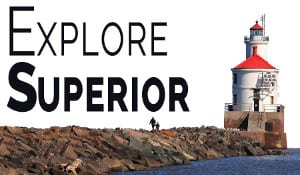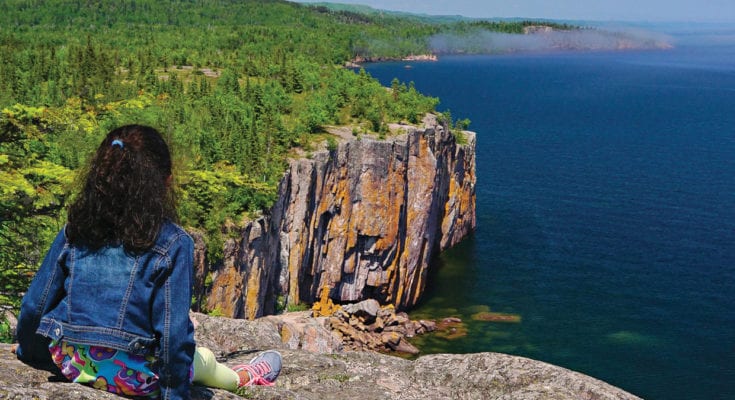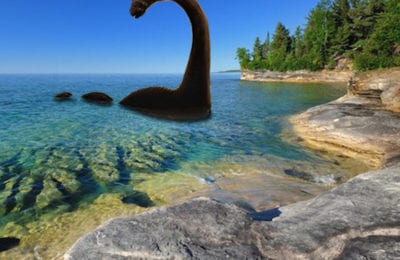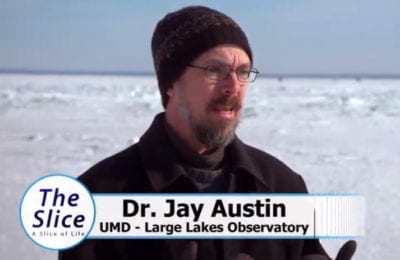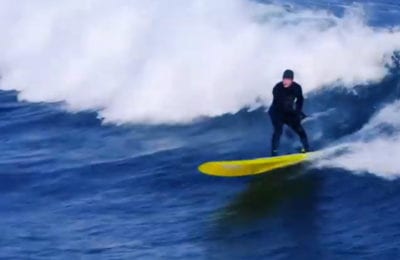This post was originally published on this site
Lake Superior Was Almost an Ocean, Not Just a Sweetwater Sea.
Back 1.1 billion years ago, the earth began a shimmy, shake and split along a 1,800-mile arch that looked to be well on its way to creating a continental divide that literally would have divided into two continents. What we know of today as Lake Superior basin might have become an ocean, perhaps like the Atlantic, which also emerged from such a continental split.
Then our split quit.
We were left with the Midcontinent Rift that never finished its rifting.
“We don’t really know for sure why it stopped. The evidence is not all there,” says John Green, a University of Minnesota Duluth professor emeritus and still UMD’s Midcontinent Rift go-to-guy. “The normal model of a continental rift is to have it continue and to build an ocean.”
As we speak, geologists are debating theories about geologic pressures from a continental mountain building in the east or the petering out of excess heat from a volcanic plume, but for thee and me, what we really need to know is that this failed rift laid the base for much of the Lake Superior terrain above and below the waters with a few precious metals thrown in. The evidence of that ancient past can be easily seen on our treks today around the Lake.
Three separate lava flows formed the three falls along the Gooseberry River in Gooseberry Falls State Park, Minnesota. The dark rocks exemplify the basalt of ancient volcanic activity.
But first, let’s learn a little more about rifts that do and rifts that don’t.
“Over geologic time, continents collide and fuse together. They also split apart, along rifts,” explains the feature “New Insights into North America’s Midcontinent Rift” on Eos.com. “Rifts are linear features along which continents stretch. When a rift succeeds, the continent splits, and a new ocean basin forms between the two parts of the continent. Some rifts, however, fail to develop into seafloor spreading centers and instead leave major relict structures within continents – ‘fossils’ preserving the geologic environments in which they formed. The cliffs on the shores of Lake Superior – and the lake itself – are part of such a fossilized rift.”
Our rift took place within a mega continent called Laurentia, the ancient land template for North America that also contained modern Greenland and pieces of which…
Continue to read this article in Lake Superior Magazine.
